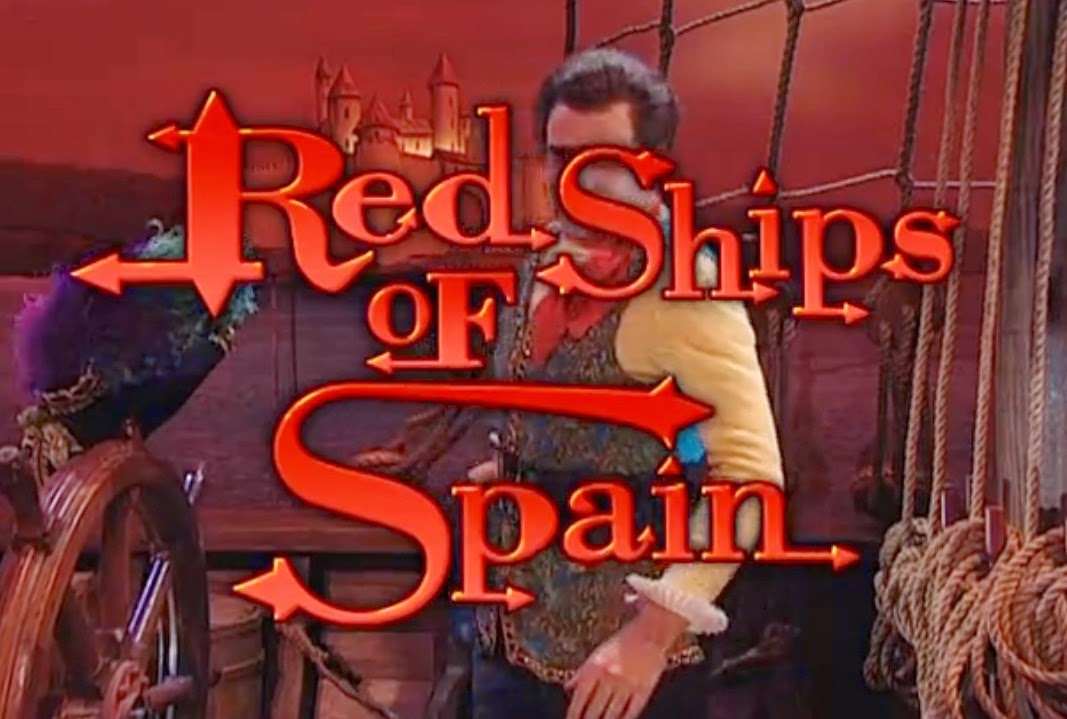It is not.
 |
| Southern Idaho |
TableRock, which opened in 1991, is a seminal part of Boise's craft-beer scene. But it struggled in the past few years. TableRock Brewing Co., which operated the brewpub, filed for bankruptcy in 2008 because of a failed bottling plant. Chris Nelson took over the brewpub in 2009, eventually putting TableRock up for sale. Multiple head brewers have come and gone recently, leaving Nelson to brew TableRock's beer.There's a lesson here: culture rules all. There's a band running about a hundred miles wide (sometimes narrower) down the west coast of the US. It is one cultural zone. The next thousand miles or so have an entirely different culture, one that transcends state lines and geologic regions. The culture of Boise, Idaho is a lot like Cheyenne, Wyoming and Missoula Montana. It's closer culturally to Phoenix than it is to Portland.
The vast areas of the Mountain West are mostly rural and white, and therefore conservative. You'd think this would make them bastions of capitalism--and maybe they are, if you're in the business of harvesting crops or beef--but local businesses of all stripes struggle. Portlanders default to locally-made products and even regard products shipped from as close as Washington with suspicion. In Idaho, national brands rule. I was near McCall for part of the time, a pretty resort town on the shores of Payette Lake. Though a tourist town, it gives nothing away to Portland in terms of parochialism; according to legend (about which the Google is mute), locals once tried to ban Californians from buying property there.
With just 3,000 people, McCall can support two local breweries. And yet, despite their relative health, they have no presence outside their own walls. You can't find McCall Brewing's beer on tap around town, much less down in Donnelly, ten miles south. The parochialism doesn't extend to being boosters for local businesses like it does in Portland.
Aside from its innately fascinating differences, there's a pretty big lesson in the way Idahoans regard locally-brewed beer. They are never going to be a big craft-beer market. It doesn't matter how many local breweries open, they are never going to be more than marginal players making a few hundred barrels (at best) a year. This is true across large swaths of the US. I don't know a ton about the South, but only three of the largest fifty breweries are located there--even though it has a third of the country's people. Geographically speaking, most of the country is never going to embrace locally-brewed beer in anything like the way people along that hundred-mile band along the Pacific Ocean do.
Politicos often use the description "two Americas" to describe the US. If you were to map red and blue states, I think you'd find a fairly strong correlation with this cultural affinity for locally brewed beer. It's just one of those things that makes the United States such an odd and interesting place to live.
Update: A brewery insider just sent me some internal numbers from IRI. These are incomplete numbers, but they demonstrate how different the states are. In Oregon, only three breweries are from out of state in the "craft" segment (New Belgium, Sierra Nevada, and Lagunitas, the 8th, 9th, and 10th best sellers). Of the top ten sellers, 84% of volume are locally brewed. In Boise (no state numbers available), only three are local (the 5th, 6th, and 8th). Local craft beers only have a 20% share in Boise. Also interesting: Portlanders spend about 30% more on cider than people spend on craft beer in Boise.




























